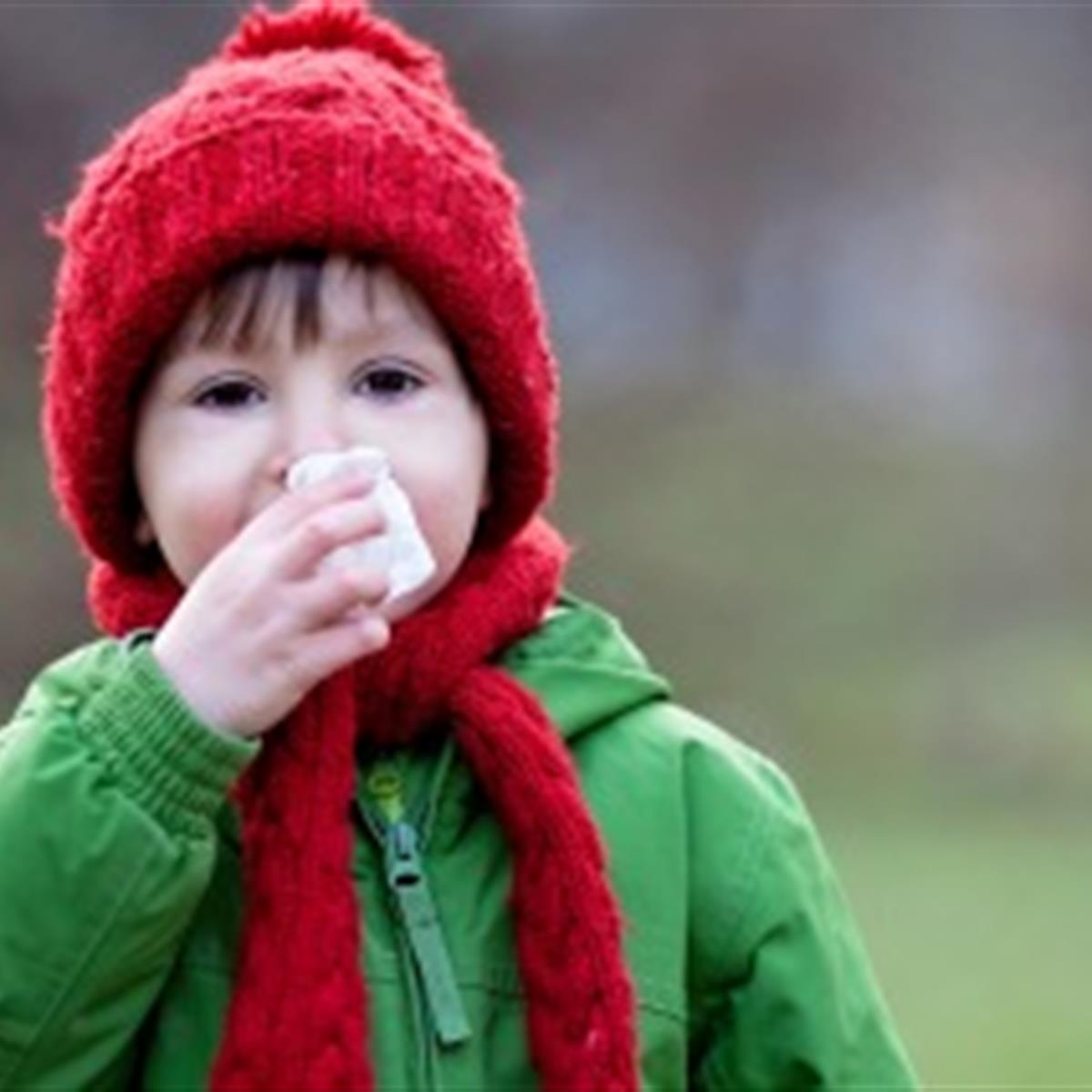
There are many options when it comes to cold and influenza remedies for children. For stuffy noses, home remedies include salt water, Nasal spray drops, Vitamin C, as well as avoiding smoking. If symptoms don't disappear within three days, a doctor may be required. Symptoms of a cold or flu may be related to a child's lifestyle, such as smoking or exposure to a lot of dust or pollen.
Home remedies to a stuffy, stuffy nose
You should look into home remedies for colds and flu in children if they have a stuffy, stuffy nose. You can give your child an over-the–counter cough medicine but this is not recommended for young children. This could make the condition worse by drying out their nasal passages. Drinking plenty of water is a natural way to keep your child's nasal tissues moist. You can also make 100% fruit popsicles from scratch or purchase them from the supermarket. These can be enjoyed by your child more than water. Therefore, you should avoid any products that contain caffeine.
Gargling with salt water
The use of salt water gargling has been around for centuries. A study of 400 people discovered that gargling salt water led to 40% less upper respiratory tract infection. Gargling with salt water draws fluid from inflamed tissues of the throat, which helps to loosen mucus and flush out other irritants. The Mayo Clinic recommends that you gargle with salt water for around three seconds.

Nasal saline drops
Children with common cold or respiratory infections may feel congestion in their noses. Congestion can be relieved by using nasal saline drops and sprays. By thinning the mucus and reducing swelling, these remedies can help children breathe easier. Pediatricians recommend them for infants as well as children because they don't contain medications. You can learn more about how to apply these drops onto your child's nostrils.
Vitamin C
While vitamin C has been widely promoted as a natural remedy for the common winter cold, current evidence does not support its use in therapeutic settings. Although a preventive dose of vitamin C may be beneficial in reducing symptoms such as the common cold, its benefits for children aren't clear. The optimal timing and dose of vitamin C supplementation is still unknown. The effects of prophylactic vitamin C on children are much greater than those seen with therapeutic doses.
Echinacea
Echinacea is a great choice for parents looking for natural flu and cold remedies for their children. This perennial flowering plant, also called coneflower, has brightly colored petals surrounding a spiky seed head, which may be red or purple. There are many species of Echinacea and their medicinal properties may vary. This herb is rich in phenols, which are active compounds that control enzymes and receptors on cells.

FAQ
What are 10 healthy lifestyle habits?
-
Every day, eat breakfast.
-
Don't skip meals.
-
Maintain a balanced diet.
-
Get plenty of water.
-
Take care your body.
-
Get enough sleep.
-
Avoid junk food.
-
Do some type of exercise daily.
-
Have fun!
-
Make new friends
Do I need to count calories
You might wonder, "What's the best diet for me?" or "is counting calories necessary?" The answer is dependent on several factors like your current health status, personal goals, your lifestyle, and your preferences.
The Best Diet - Which One Is Right To You?
The best diet depends on me, my health, my goals, my preferences and my overall lifestyle. There are many good and bad diets. Some diets work well for some people and others do not. What should I do then? What can I do to make the right decision?
These are the questions that this article attempts to answer. It starts with a brief introduction of the different types of diets available today. The pros and cons of each diet are then discussed. Then, we will discuss which diet is the best.
Let's look at some of the main types of diets to get started.
Diet Types
There are three types of diets available: ketogenic, high-protein, and low fat. Let's talk about them briefly.
Low Fat Diets
A low-fat diet is one that limits the intake of fats. This is done through reducing the intake of saturated fats (butter, cream cheese, etc.) and replacing them with unsaturated fats (olive oil, avocados, etc.). For those looking to lose weight quickly, a low-fat diet is often recommended. This type of diet can lead to constipation and heartburn as well as indigestion. A person may also experience vitamin deficiencies if they don't get enough vitamins.
High Protein Diets
High-protein diets limit carbohydrates and favor proteins. These diets have higher protein levels than other diets. These diets are intended to increase muscle mass and reduce calories. The downside is that they may not provide adequate nutrition for someone who needs to eat regularly. They are also very restrictive, so they might not be appropriate for everyone.
Ketogenic Diets
Ketogenic diets also go by the name keto diets. They are high in fat and moderate in protein and carbs. These are often used by bodybuilders and athletes because they allow them the ability to train harder and for longer periods of time without feeling tired. But, they require strict adherence to avoid negative side effects like nausea, headaches, and fatigue.
Is it possible to have a weak immune system due to being cold?
Cold causes a decrease in immune system strength. This is because white blood cells are less effective at fighting infection. Cold can also make you feel better as your body releases endorphins to your brain, which reduce pain.
Statistics
- According to the 2020 Dietary Guidelines for Americans, a balanced diet high in fruits and vegetables, lean protein, low-fat dairy and whole grains is needed for optimal energy. (mayoclinichealthsystem.org)
- The Dietary Guidelines for Americans recommend keeping added sugar intake below 10% of your daily calorie intake, while the World Health Organization recommends slashing added sugars to 5% or less of your daily calories for optimal health (59Trusted (healthline.com)
- This article received 11 testimonials and 86% of readers who voted found it helpful, earning it our reader-approved status. (wikihow.com)
- WHO recommends consuming less than 5% of total energy intake for additional health benefits. (who.int)
External Links
How To
How to Live a Healthy Lifestyle
A healthy lifestyle is one where you are able to maintain your weight, your health and your fitness level. This lifestyle includes healthy eating habits, regular exercise, adequate sleep, and abstaining from drugs, alcohol, caffeine, tobacco and other harmful substances. A healthy lifestyle will help you feel great and stay in shape. In addition, a healthy lifestyle reduces your risk of chronic diseases like heart disease, stroke, diabetes, cancer, osteoporosis, arthritis and many others.
The main goal of this project was to provide a step-by-step guide on how to live a healthier life. The introduction was the first section of the project. It explains the importance of a healthy lifestyle, how it can be achieved, and who you are. The body paragraphs contain tips on how to maintain a healthy lifestyle. The conclusion summarizes the article and offers additional resources if necessary.
I was able to learn how concisely and clearly I could write my paragraphs through this assignment. I also learned how to organize my thoughts into topic sentences, and the supporting details. Because I had to locate specific sources and properly cite them, my research skills improved. I also learned how to write with proper grammar.